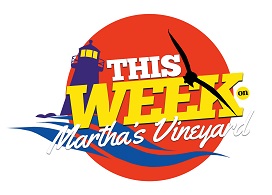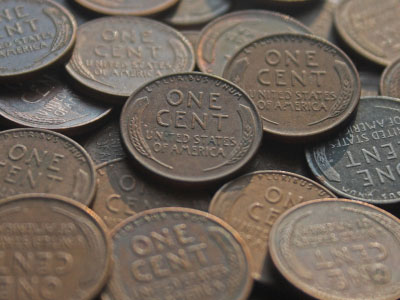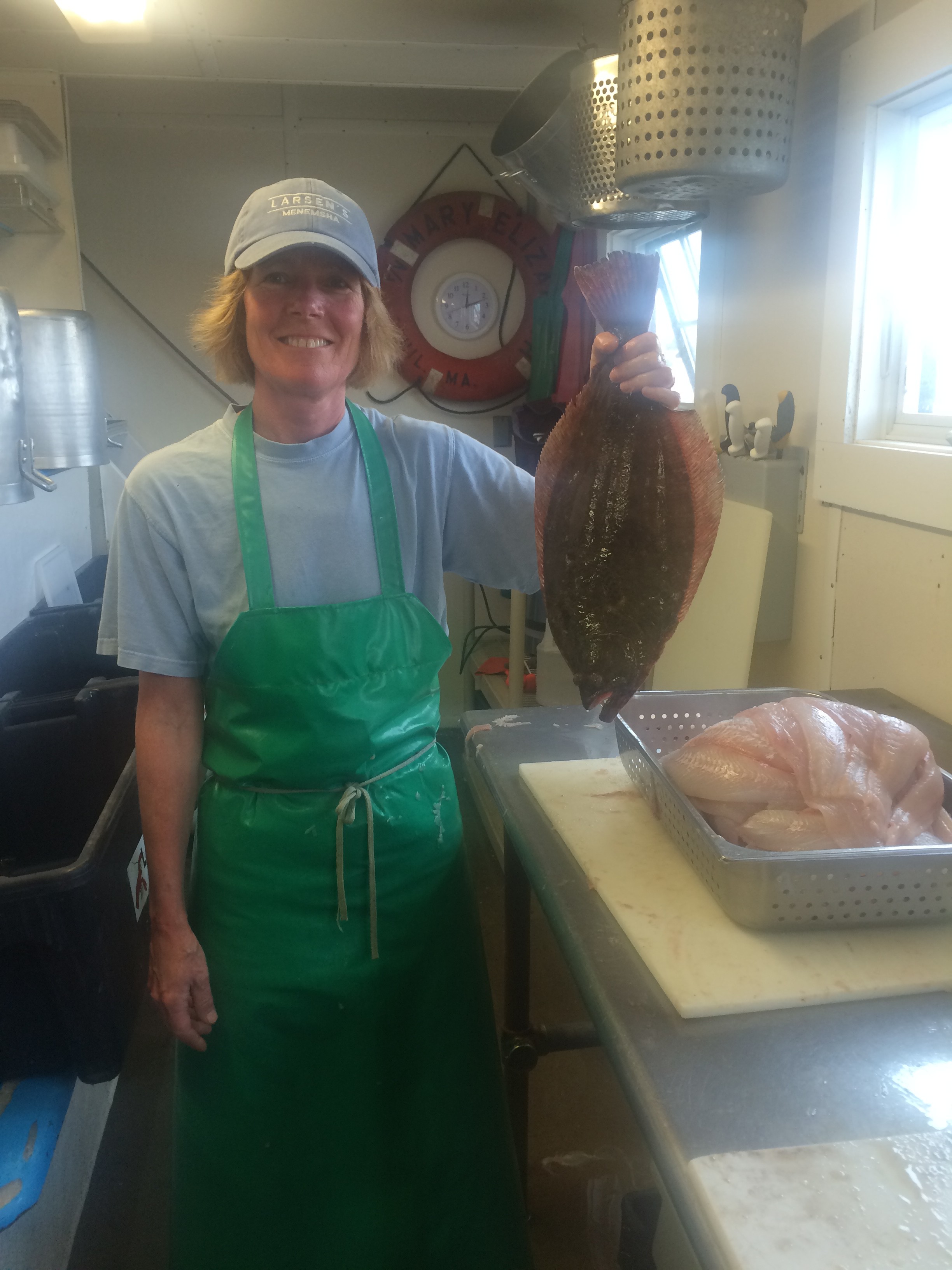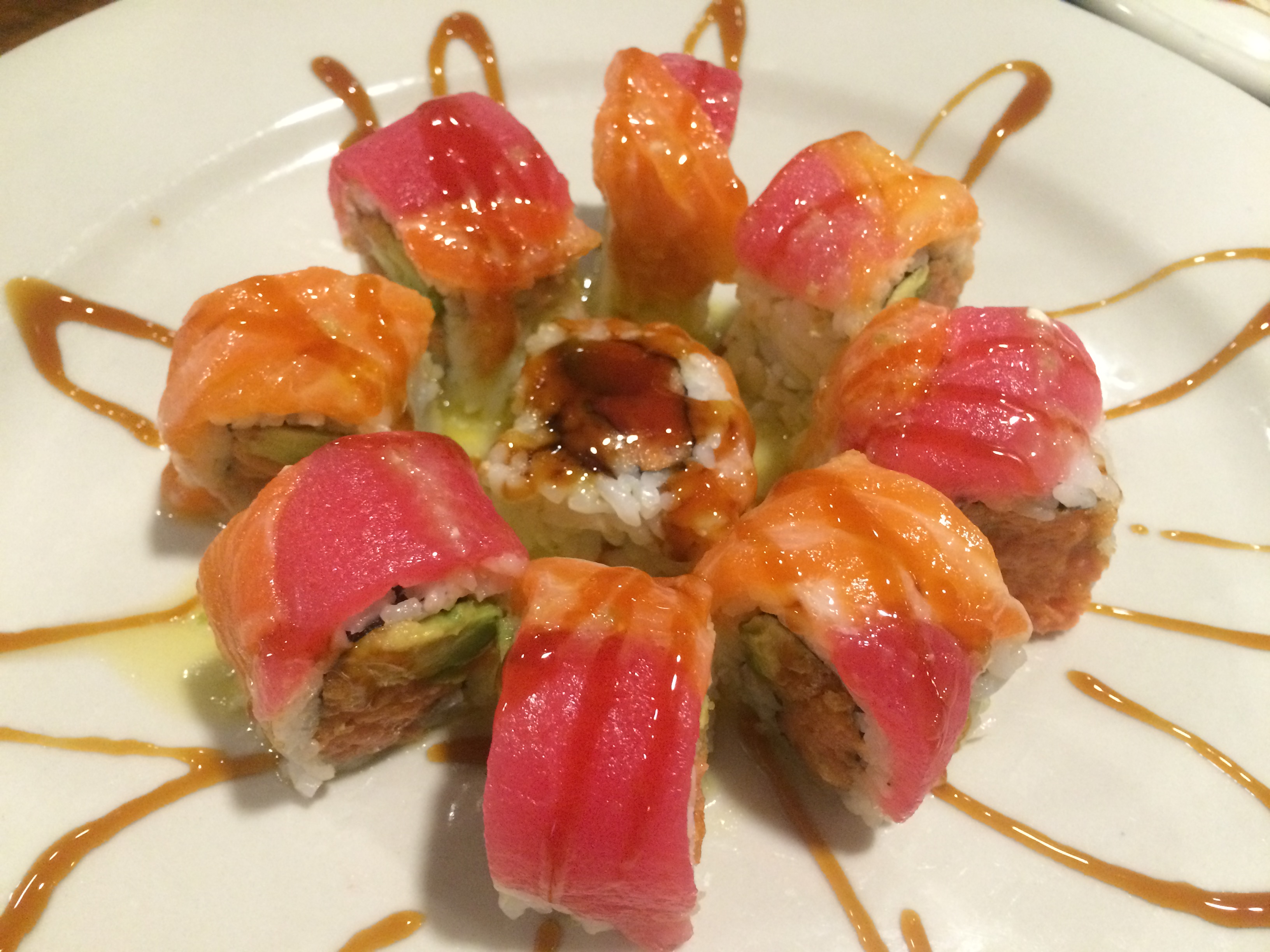We find them in the couch cushions, cup holders, and sometimes behind our ears: coins are an intercontinental passport, old as we are, no matter what the date says.
The sheer amount of loose American change is the heaviest weight on the planet. No one can convince me otherwise. Present day Rome could be buried under all of it. And the silliest part is, it grows every year–not only at the hands of the U.S. Mint, but probably doubly so due to private collections. Nobody cares about change. We never hand over $5.99 at the register. Only prickly numismatists stoop over to pluck a penny from the ground. And if it isn’t a quarter–the regal exception to American coins–you literally cannot give away change. I suspect even homeless people roll their eyes when someone tosses the zinc-coated remnants of a tasteless monochromatic lunch into their coffers.
And so happy am I, who lives on an island where I must hoard spare change by the bucket so that I can do my laundry; where many businesses lack the technology to swipe, flick, or wave my flimsy credit card and be on my way without the emotional burden of leaving behind some airborne carbon event. But really, by nature of being an island, I suspect there are some forgotten coins lying around that have never embarked onto the ferry. Native Vineyard coins never to leave their own backyard.
That’s hard to imagine, but there are some old coins floating among the registers here. One of the first pennies I received after I arrived was a 1956 Wheat penny. For the uninitiated coin enthusiast (do stay that way, for your own sanity), Wheat pennies are the dull looking ones where the words “One Cent” and a couple of stalks of wheat have replaced the Lincoln memorial on the reverse side of the coin. So far that’s the oldest penny I’ve come across on the island, but nearly all of the ones I’ve collected are pre-1982. Those were the days when pennies were made from mostly copper, and today those coins are worth about 3 cents each. And I’m betting that if I were to ever come across a grey, steel penny–they were made that way during World War II to preserve copper for bullets–it’ll be buried somewhere out in Chilmark.
I do wonder if technologies like Bitcoin or Apple Pay–things that, admittedly, I know nothing about nor do I care to–will one day dethrone cash as king. Never, is often my conclusion, due to Scalian attitudes like my own. Hard currency is one of those things that will forever fizzle out, like snail mail or the Amish. The look of an old coin, its age, the way it feels, are all too emotionally charged to throw away. Consider what is imprinted onto hard currency. Faces of men and women who for better or worse have shaped our world into what it is now. We bring back coins and paper money from around the globe because they are a unique mark in a world where the act of buying and selling should be no different no matter where you are. By contrast, plastic is the great homogenizer of the Big Blue Ball. I have a French debit card in my wallet right now. It looks exactly as depressing as my American one.
There is a connection between past and present in hard currency, especially a coin, and a language unto each foreign denomination. The year on a coin, the different pockets it’s been in, bowels it has accidentally passed through, the innumerable hands that have held it and will hold it. A coin is an intercontinental passport. Each one has a story worth hearing. And if it doesn’t, hang onto it or send it on its way, because it will eventually. A coin is older than we will ever be, no matter what the date says. And that is something.
Read more at http://nickmacksood.tumblr.com/





